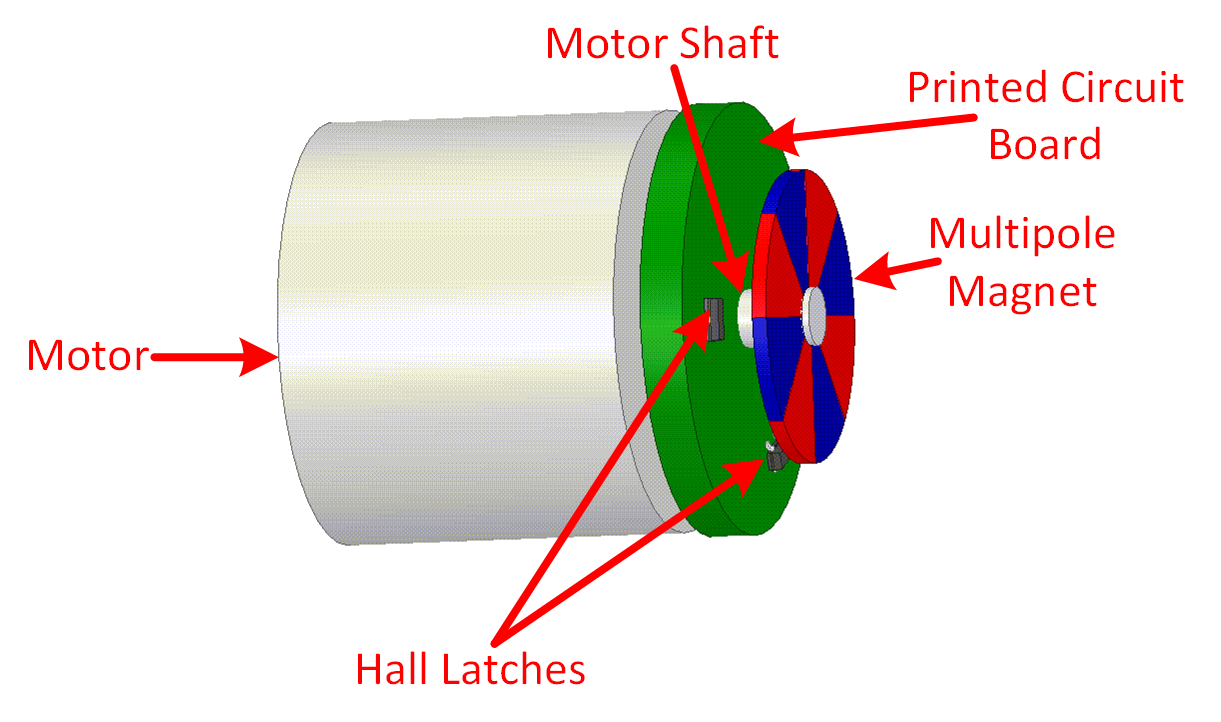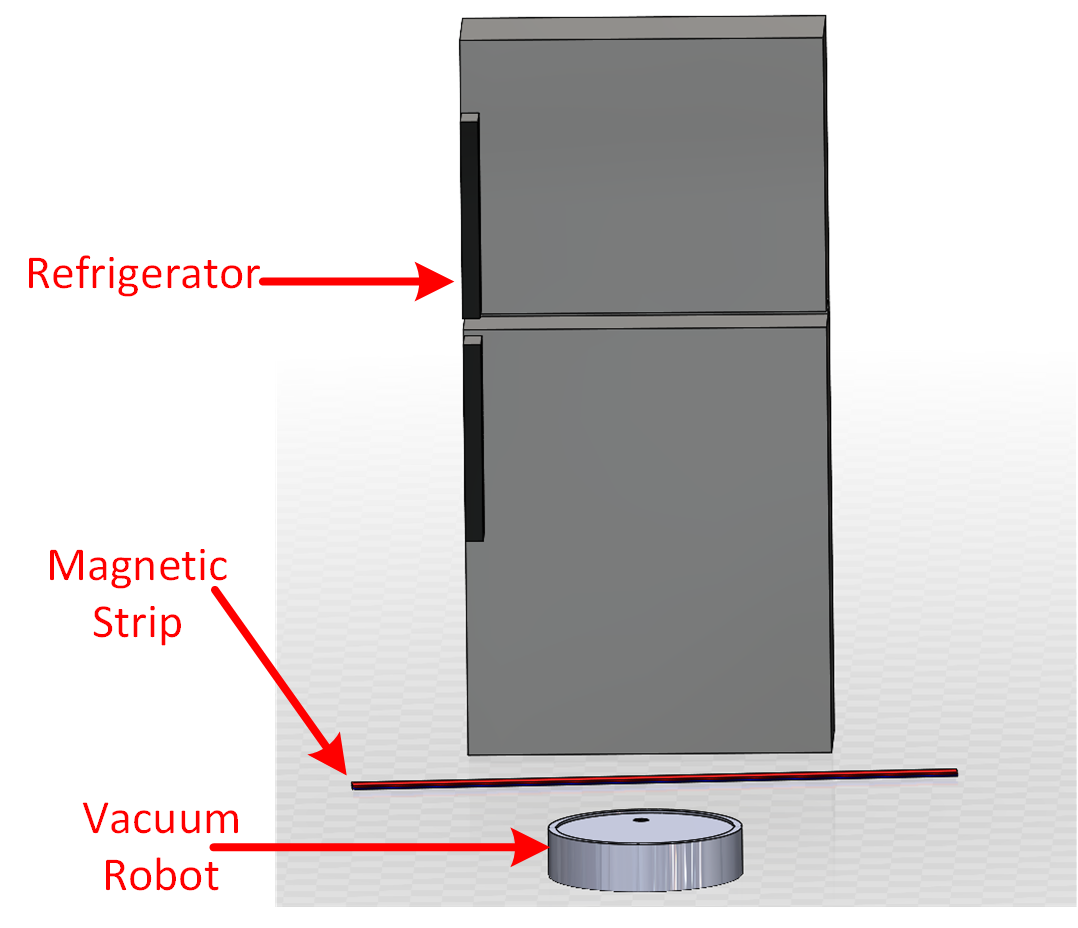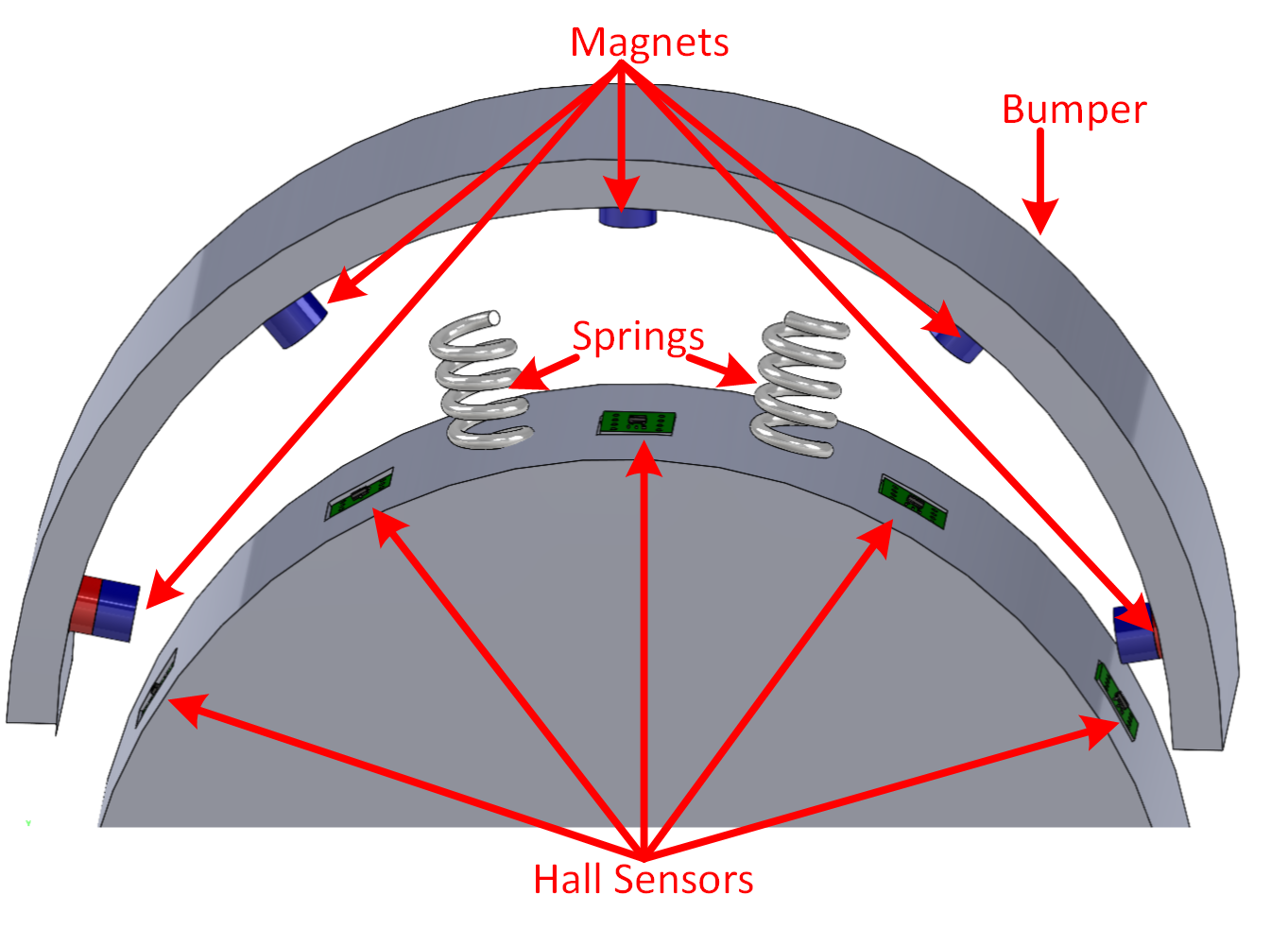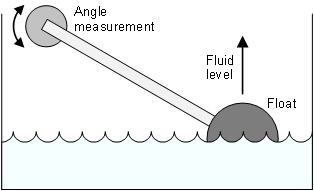SLIA098 March 2022 DRV5013 , DRV5015 , DRV5032 , DRV5033 , DRV5053 , DRV5055 , DRV5056 , PGA460 , TMAG5110 , TMAG5111 , TMAG5170 , TMAG5231 , TMAG5273
1
Introduction
Vacuum robots are increasingly being utilized to clean homes, offices, and hotels. One of the advantages of vacuum robots is that they accomplish cleaning tasks with minimal work from the user, thereby allowing more time for other tasks. For vacuum robots to perform cleaning tasks intelligently, various sensors are used to sense both the external cleaning environment for navigation as well as the internal state of the vacuum robot. Some of the functions of the robot that use sensors include the following: motor commutation, incremental wheel encoding, bump detection, obstacle avoidance, cliff detection, fluid-level detection, dustbin placement detection, water tank placement detection, and wheel-drop detection.
Motor Commutation and Incremental Wheel Encoding
Vacuum robots have multiple wheels that must be turned for the robot to move. Each wheel module typically has its own motor, which allows each wheel to move independently. A gearbox may be used to optimize the torque in the motor for optimal performance, battery life, and traction.
There are two common types of motors that are used to move the wheels of the vacuum robots: brushed motors and brushless DC (BLDC) motors. Brushless DC motors can require three Hall-effect latches per wheel to commutate the motor for that wheel. Brushed motors, however, do not require Hall sensors for motor commutation.
In addition to spinning the wheels, vacuum robots require a mechanism to tell the speed and direction at which the wheel is moving, which is referred to as incremental encoding. The Hall-effect latches used for BLDC motor commutation can also be reused for incremental encoding.
Although they do not need Hall-effect latches for motor commutation, brushed motors in vacuum motors commonly use Hall-effect latches for incremental wheel encoding. Infrared (IR) encoders are also another option for wheel-speed detection in brushed motors; however, these optical encoders are not the ideal choice for incremental wheel encoding due to their performance being affected by dust. Although the infrared encoder can be sealed to reduce being exposed to dust, sealing the sensor does not always fully prevent the infrared encoder from being exposed to these contaminants, especially since vacuum robots are normally exposed to dirt and dust.
Figure 1-1 shows an example implementation for wheel encoding. In this implementation, a magnetic disc is placed on the motor so that it spins along with it. The disc has multiple sets of North and South poles. Underneath the disc are two Hall-effect latches, which change their output every time they sense a transition between a south pole to a north pole or a north pole to a south pole. Observing the order at which the two Hall latches change their outputs with respect to each other can determine the direction the wheel is turning. The frequency of the transitions and how many poles are on the disc determine the speed of the motor. In systems that do not require detecting direction, only one Hall latch is needed to determine the motor speed. Using the gear ratio between the motor and the wheel, the speed of the motor can then be converted to the wheel speed.
 Figure 1-1 Example Incremental Wheel
Encoding Implementation
Figure 1-1 Example Incremental Wheel
Encoding ImplementationObstacle Avoidance and Cliff Detection
Vacuum robots must have a mechanism to avoid obstacles or regions the user does not want the vacuum robot to approach. Magnetic-based implementations are commonly used for obstacle avoidance. In a magnetic implementation, the user applies a magnetic strip around regions or obstacles it does not want the vacuum robot to approach, as shown in Figure 1-2. In Figure 1-2, the magnetic strip is placed around the refrigerator. The vacuum robot, which has a Hall-effect sensor, would sense the magnetic flux density from the magnetic strip and know not to approach that area. Hall-effect switches can be used for the Hall-effect sensor when the system only needs to know whether it is near an obstacle or not while linear Hall-effect sensors can be used for more information on the actual location of the magnetic strip.
 Figure 1-2 Adding Magnetic Strip Around
Obstacles For Obstacle Avoidance
Figure 1-2 Adding Magnetic Strip Around
Obstacles For Obstacle AvoidanceObstacle avoidance can also be done with ultrasonic sensors, which use the ultrasonic time-of-flight principle to calculate the distance to nearby objects so that these objects can be avoided. However, the effectiveness of this approach depends on the material of the object detected, which is not a concern for magnetic-based obstacle avoidance. Ultrasonic sensors can also be used to determine the material of the floor so that the robot knows how to appropriately clean the floor surface based on its material. Lidar is also often used to map the vacuum area.
Cliff detection determines when the robot is approaching a cliff, such as the top of a staircase, so that it knows not to go down that path. To avoid cliffs, a magnetic strip can be placed before the cliffs so that the vacuum robot does not approach it. Cliff detection can also be implemented with IR sensors, but this implementation has issues when directly exposed to a dirty environment. Ultrasonic sensors may also be used for cliff detection by sensing an increase in the sensor to ground distance; however, the results for cliff detection depends on the material of the cliff.
Bump Detection
Vacuum robots must also detect when they bump into something so that they can adjust their navigation. To detect collisions around the front half of the robot, multiple sensors are needed to cover detection along the entire range of potential collision points.
Bump detection can be implemented using infrared receive and transmitter pairs. Disadvantages of the IR-based implementation include the requirement of many IR transmitter and receiver pairs as well as requiring a clean environment for optimal sensing, where the latter requirement is difficult to create even if the IR transmitters and receivers are shielded from dust.
A more optimal implementation for bump detection is a Hall-based approach, which does not require a clean environment like IR-based bump detection. In a magnetic-based bump detection, magnets can be added on the inside of the bumper and linear Hall-effect sensors that sense these magnets can be placed deeper within the robot (as Figure 1-3 shows). Whenever the bumper bumps into something, it causes a region of the bumper to move inwards, which causes the corresponding magnets to move closer to their respective Hall sensors. The Hall sensors will sense the magnetic flux density change from the magnets approaching the sensor and change their output accordingly, which alerts the robot that it bumped into an object. The bumper has springs so that the bumper returns back to its original position after the bump and the normal sensor to magnet distance is restored. Besides being able to function in a dirty environment, another advantage of this Hall-based bump detection is that it requires less sensors than an IR-based bump detection scheme.
 Figure 1-3 Example Magnetic Based Bump
Detection Implementation
Figure 1-3 Example Magnetic Based Bump
Detection ImplementationFluid-Level Detection
Some vacuum robots have the capability to also mop floors. These robots have a water tank that stores cleaning fluid used for mopping. Sensors can be used to determine the fluid level of the cleaning fluid within the water tank so that the user is alerted when new fluid needs to be entered into the robot. Figure 1-4 shows a fluid-level detection implementation using Hall-effect sensors. In this implementation, a lever is attached to a pivot on one side and a float on the other side. Attached to the lever, there is a diametric magnet and either one linear 3D Hall sensor or two 1D Hall sensors. The float changes its vertical position based on the water level, which also causes the placement angle of the magnet. The linear Hall sensor senses the angle placement of the magnet and provides this information to the microcontroller in the vacuum robot to be converted to a corresponding water level. Texas Instruments also has other sensing technologies that could be used for fluid-level detection, such as capacitive or ultrasonic sensing.
 Figure 1-4 Hall-Based Fluid-Level
Detection
Figure 1-4 Hall-Based Fluid-Level
DetectionDustbin and Water Tank Placement Detection
Similar to cleaner vacuums, vacuum robots have a removable dustbin container that stores the dust and other debris picked up by the vacuum. The vacuum robot should check that the dustbin is actually in place to ensure that the vacuumed dust has somewhere to be properly placed. Dustbin placement can be done using a Hall-effect switch by placing a magnet on the removable dustbin container and placing the Hall-effect switch nearby within the robot. When the dustbin is properly placed within the robot, the magnet is brought near the Hall switch, which causes its output to be asserted low. When the dustbin is removed, the magnet on the dustbin is no longer near the dustbin sensor within the robot, which causes the output of the Hall switch to be asserted high, thereby telling the vacuum robot that the dustbin is no longer in place. A similar implementation can also be used to detect that the water tank container in a mopping robot is properly installed.
Wheel-Drop Detection
Vacuum robots need top a know when they have been lifted off the ground so that they could stop turning their wheels. To detect when the vacuum robot has been picked up, wheel modules have an internal spring that gets compressed when the wheel is on the ground. The internal compression also causes a switch to be pressed. When the robot is lifted off the ground, the spring relaxes, which causes the wheel to drop and switch to become unpressed. If the switch becomes unpressed, it tells the vacuum robot that it has been lifted off the ground. The wheel-drop detection switch can be implemented with a microswitch or using a Hall-effect sensor and magnet. In the Hall-based approach, a magnet can be placed within the switch and a Hall switch can be placed nearby. If the switch is pressed, it would cause the magnet to be closer to the sensor, which causes the sensor to assert its output low. When the switch is unpressed because of the unit being lifted off the ground, the magnet will be far from the switch, which causes its output to be asserted high and the robot to know that it has been lifted off the ground.
Recommended Devices
Texas Instruments has multiple sensors for the different functions within a vacuum robot. Table 1-1 lists recommended parts for each function.
| Function | Devices |
|---|---|
| Motor commutation and incremental wheel encoding |
|
| Obstacle avoidance and cliff detection | |
| Bump detection | |
| Fluid-level detection | |
| Dustbin placement detection, water tank placement detection, and wheel-drop detection |
References
- Texas Instruments, Brushless DC Motor Commutation Using Hall-Effect Sensors application brief
- Texas Instruments, Incremental Rotary Encoders application brief
- Texas Instruments, Ultrasonic Floor-Type and Cliff Detection on Automated Vacuum Robots application brief
- Texas Instruments, Capacitive-Based Liquid Level Sensing Sensor Reference Design
- Texas Instruments, Short and Mid-Range Ultrasonic Application Optimization and Usage Guide: TUSS4470 and TDC1000 application note